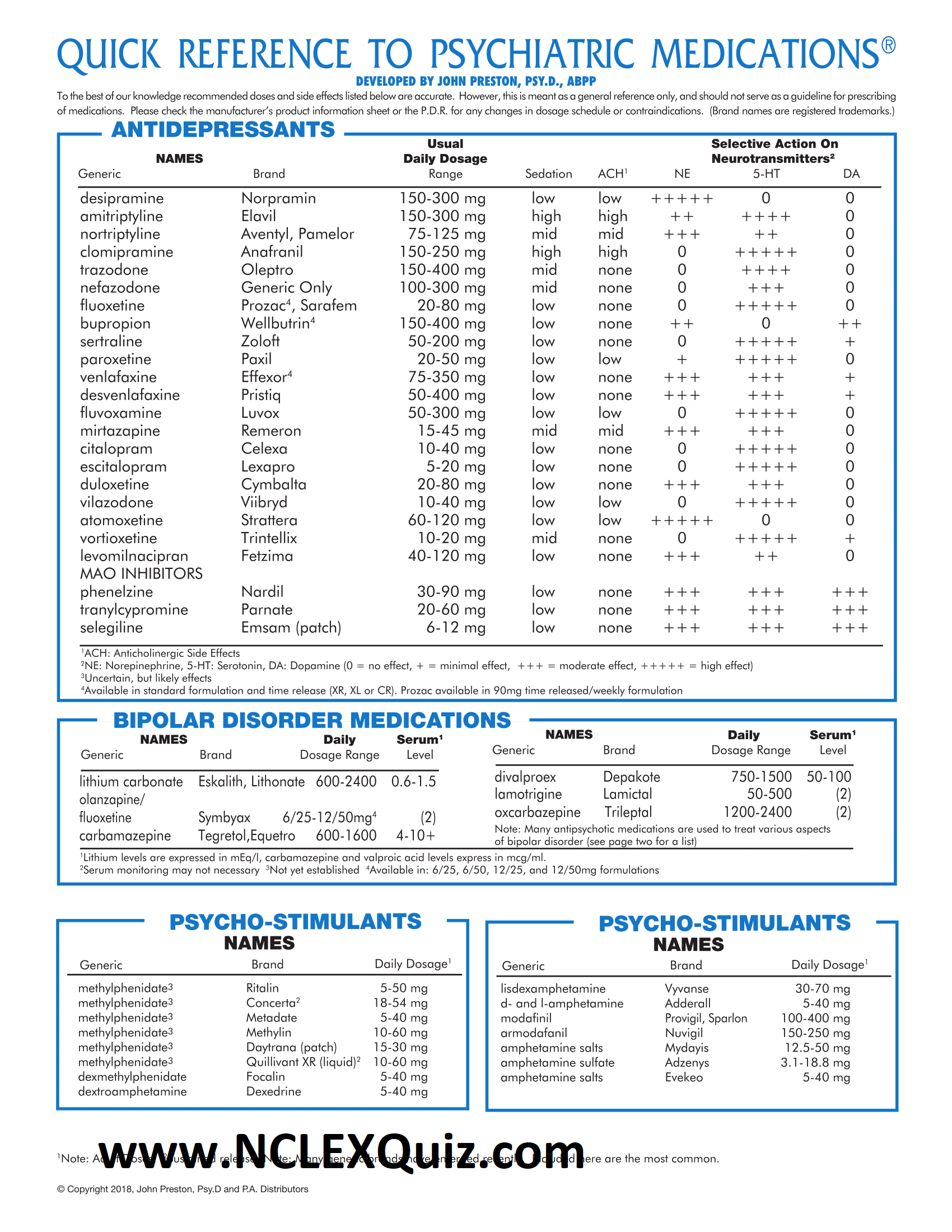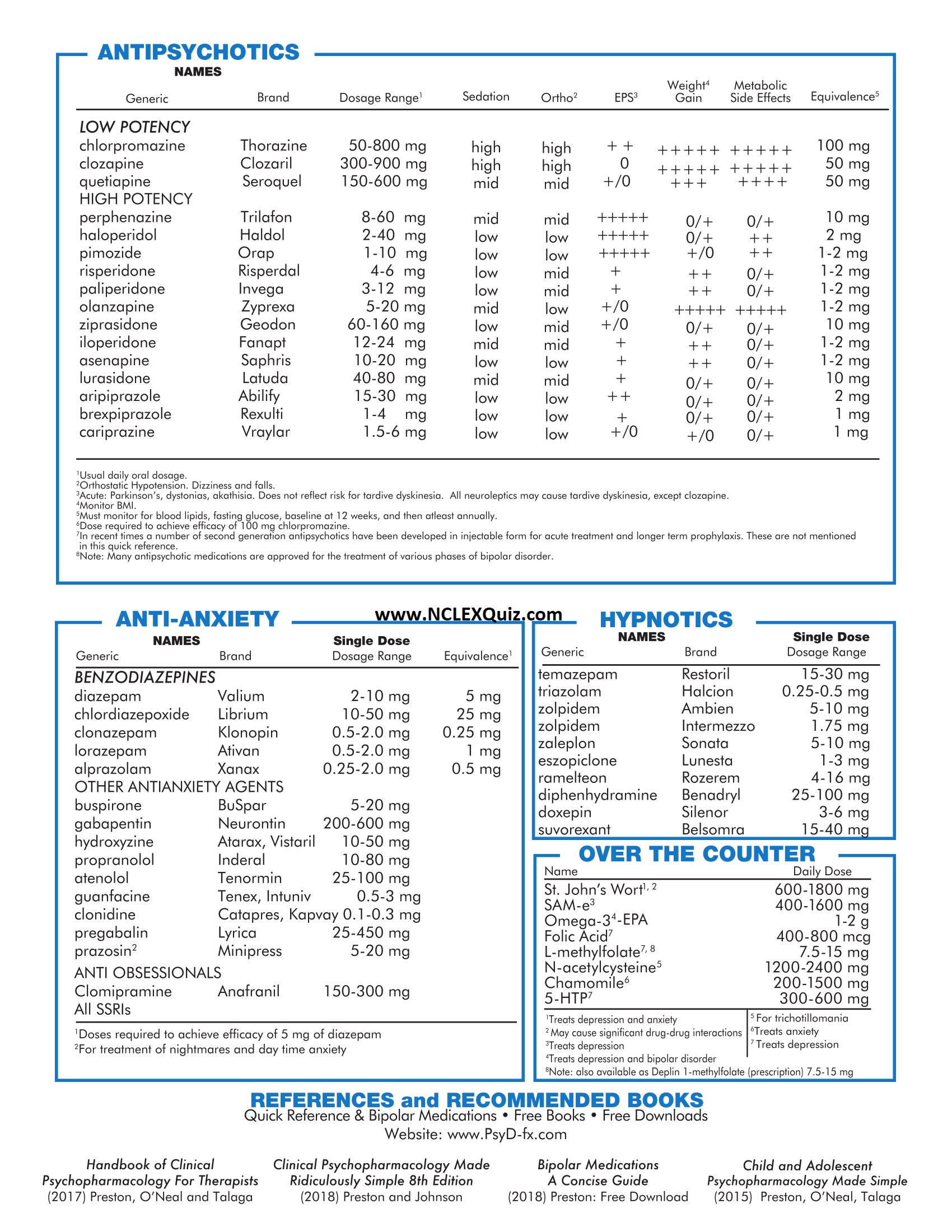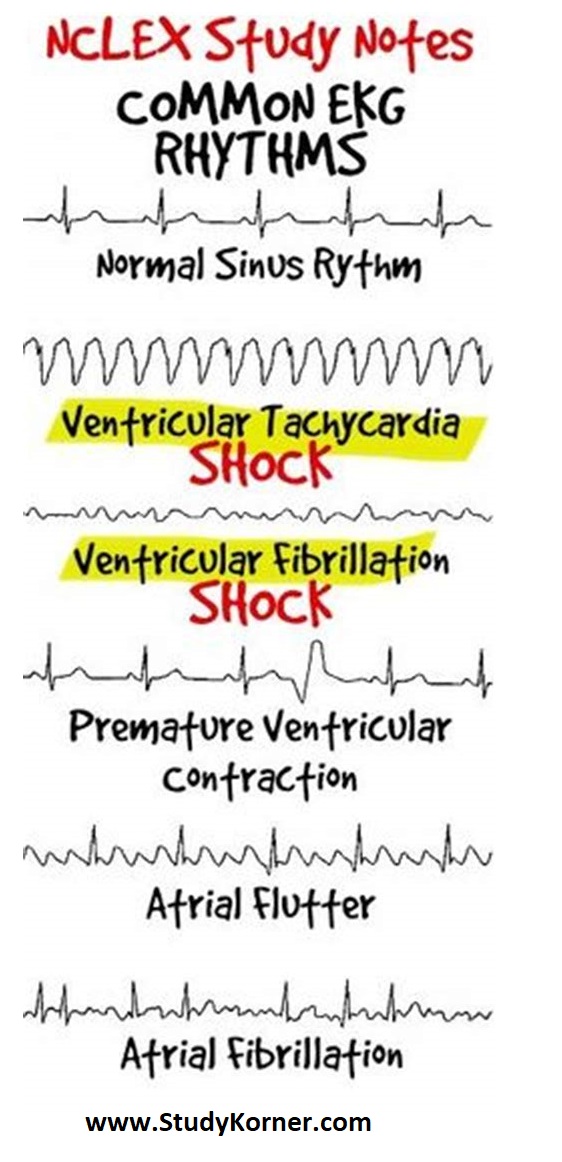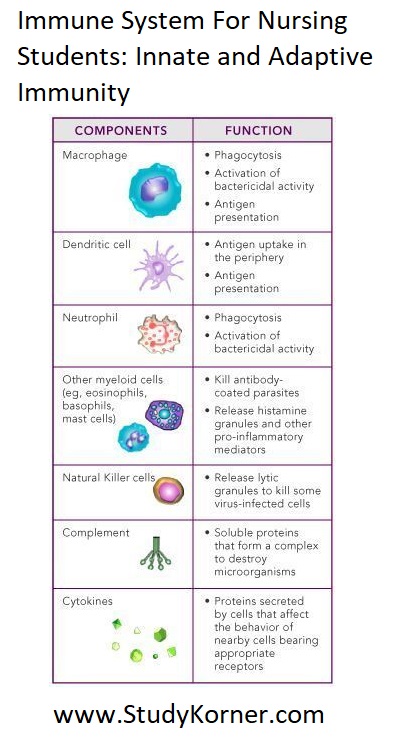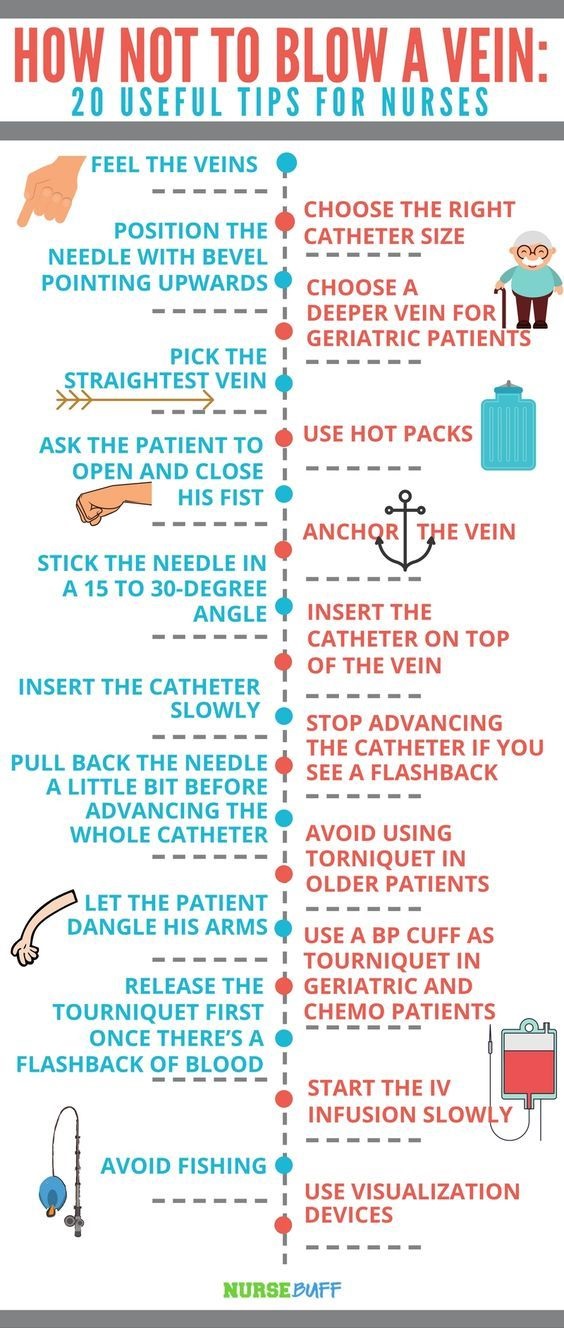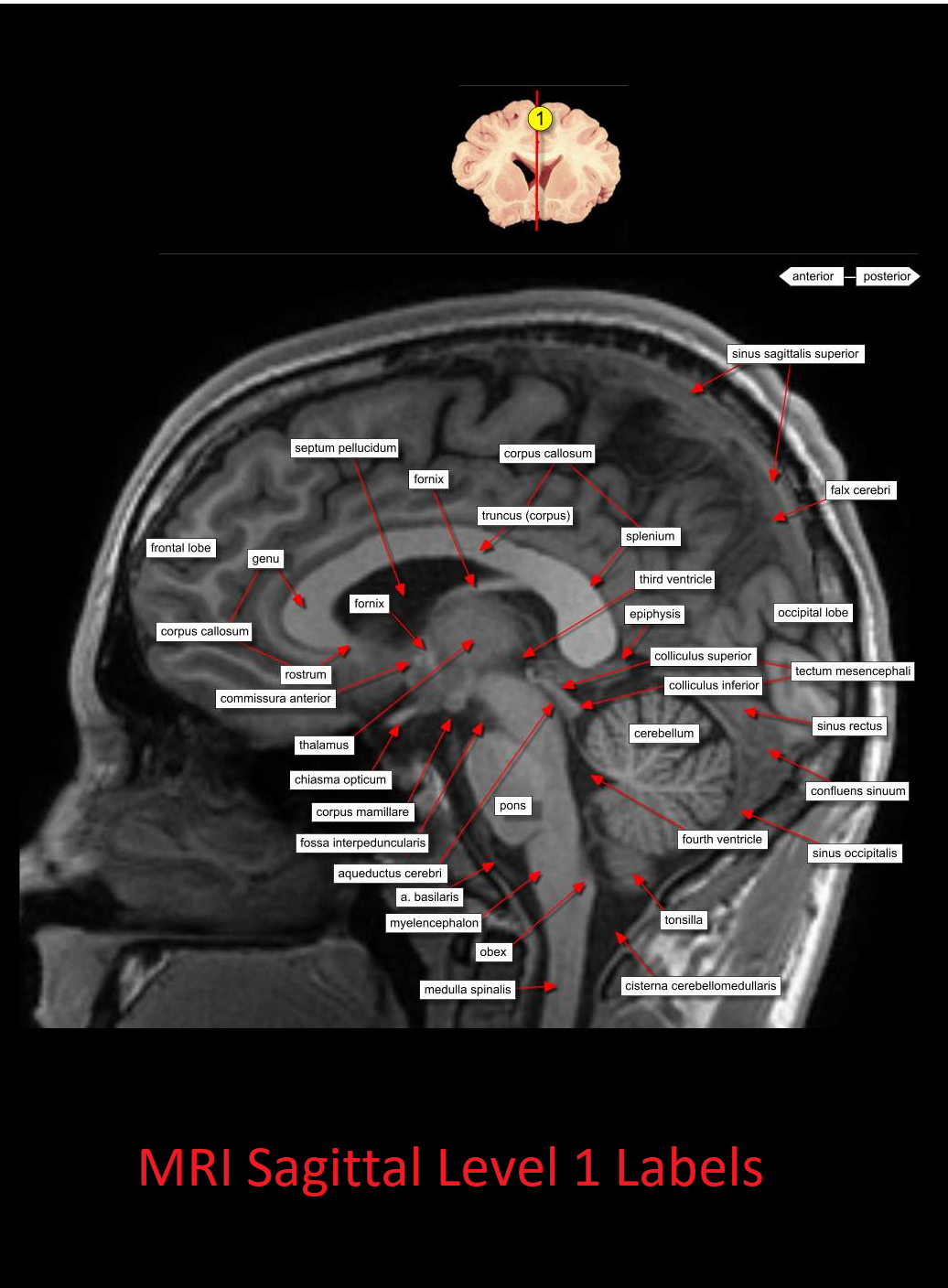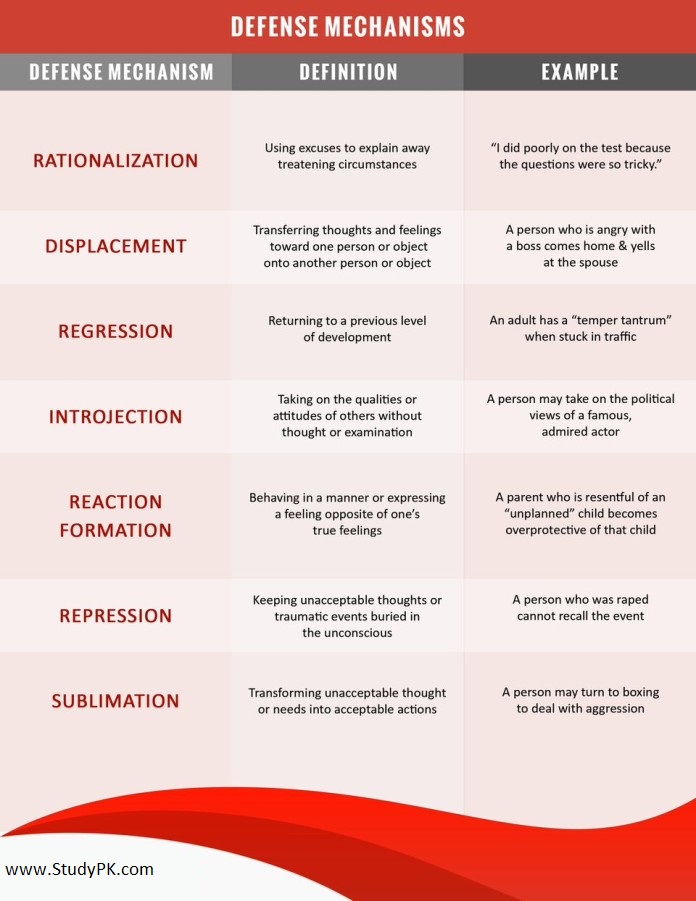Nursing ACLS Meds Cheat Sheet Cardiac Rhythms CVP
Learning basic life support certification — what the general public calls CPR, or cardiopulmonary resuscitation — is a normal requirement for most nursing jobs. But more units now require nurses to also become certified in advanced cardiovascular life support, or ACLS.
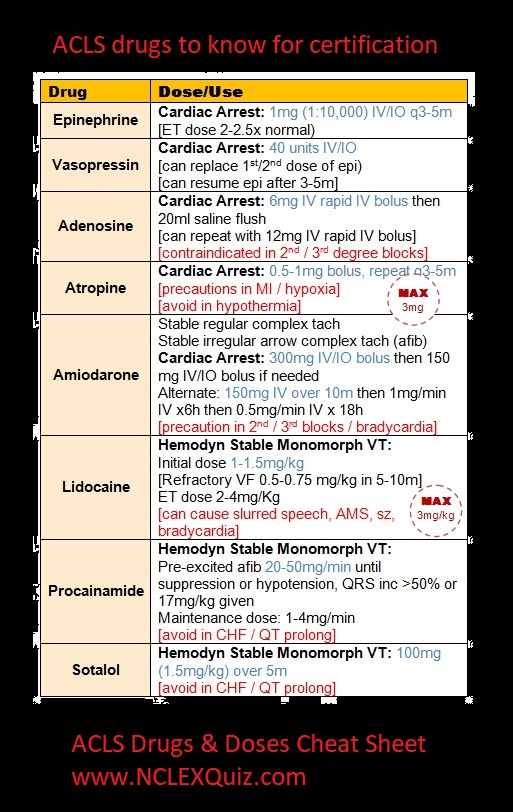
ACLS Drugs
Vent. Fib./Tach. Epinephrine, Amiodarone, Lidocaine, Magnesium
Asystole/PEA Epinephrine
Bradycardia Atropine Epinephrine, Dopamine
Tachycardia adenosine, Diltiazem, Beta-blockers, amiodarone, Digoxin, Verapamil, Magnesium
Acute Coronary Syndromes Oxygen, Aspirin, Nitroglycerin, Morphine, Fibrinolytic therapy, Heparin, Beta-Blockers
Acute Stroke tPA-tissue plasminogen activator, Glucose (D50), Labetalol, Nitroprusside, Nicardipine, Aspirin
Last update: 1-14-2019
